May be not so spectacular as previous nights, but Encke comet fireball activity continues. On November 13th and 14th 2015, two fireballs could be observed from much of Spain and recorded from the Calar Alto Observatory cameras, as well as from La Sagra (Granada), La Hita (Toledo), El Arenosillo (Huelva) and Sevilla observatories.
 The preliminar analysis carried out by Professor José María Madiedo (University of Huelva) points that the first fireball was produced by another fragment detached from comet Encke. The impact took place about 23:30 local time with a speed of more than 100.000 km/h, as in previous fireballs observed last nights. The fireball started at about 105 km above the ground and in the vertical of Valdepeñas (central-south Spain) in Castilla La Mancha. Then it traveled northwestward, and finally it extinguished at an altitude of about 63 km over Almagro town. You can see the path in the image.
The preliminar analysis carried out by Professor José María Madiedo (University of Huelva) points that the first fireball was produced by another fragment detached from comet Encke. The impact took place about 23:30 local time with a speed of more than 100.000 km/h, as in previous fireballs observed last nights. The fireball started at about 105 km above the ground and in the vertical of Valdepeñas (central-south Spain) in Castilla La Mancha. Then it traveled northwestward, and finally it extinguished at an altitude of about 63 km over Almagro town. You can see the path in the image.
The second fireball, only registered at Calar Alto Observatory, took place several hours later, at 2:35 local time of November 14th. This object was also produced by another fragment of the same Encke comet.
Both videos can be seen below:
Calar Alto (CAHA) fireball detection station, together with the one at the Observatory of Sierra Nevada (IAA-CSIC) and others placed at different locations in Spain, are part of the S.M.A.R.T. project led by Professor José María Madiedo (University of Huelva) to track that kind of objects. Specifically, Calar Alto (CAHA) station and the one at Sierra Nevada (IAA-CSIC) constitute a collaboration agreement between Professor Madiedo and both institutions.
 English (UK)
English (UK)
